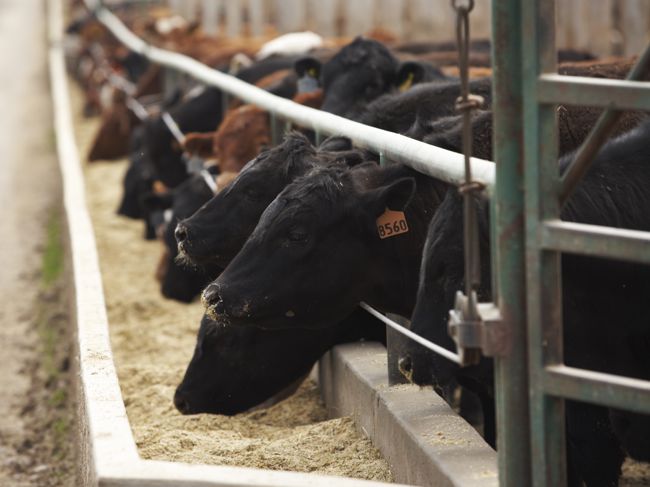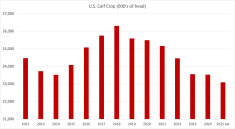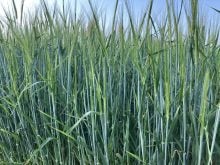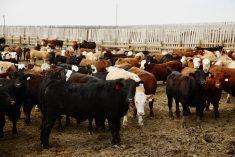I’ve received many inquiries as to the price outlook for feed grains over the past month as crop conditions vary across Western Canada. A fair portion of the wheat crop was seeded after June 1 which will be susceptible to frost. The U.S. corn crop has been developing under favourable conditions setting the stage for imports in southern Alberta during the harvest season. It is that time of year where I generally discuss the fundamentals for Canadian barley and U.S. corn as these crops will dictate the price structure should adverse harvest conditions influence the wheat crop.
Read Also

Feed grain update for Canadian beef producers
Factors affecting the feed grain market and what it means for Canadian cattle feeders
Statistics Canada estimated seeded barley area at 6.1 million acres, which is down 14 per cent from 2013. Using an average yield projection of 65 bushels per acre, the crop size is expected to finish at 7.8 million tonnes, down from 10.2 million last year. Total supplies will be 9.7 million tonnes as of August 1, 2014, down 1.5 million in comparison to August 1, 2013.
The function of the barley market is to ration demand away from offshore channels. Domestic feed prices will need to trade at a premium to the world market to slow exports. At the time of writing this article, elevator bids in the non-major feeding regions of Western Canada were in line with world values. Export prices are under pressure as barley from Ukraine, Russia, Romania and Bulgaria saturate North Africa and Middle East demand. Exports for 2014-15 crop year are estimated at 700,000 tonnes of which will be mostly malt barley. Cattle-on-feed inventories have been running eight to 10 per cent above year-ago levels and this will likely continue through 2014-15; therefore, feed demand will be about the same as last year. The carry-out for the 2014-15 crop year is estimated at 1.1 million tonnes, down from the 2013-14 ending stocks of 2.0 million tonnes and sharply below the 10-year average of 2.1 million tonnes.
The fundamentals for the U.S. corn crop are exactly the opposite to Canadian barley. The USDA is estimating the U.S. corn crop at 13.8 billion bushels which is marginally lower than the 2013 crop. Notice that total supplies which includes the carry-in stocks is estimated at 15.1 billion bushels, up from the 2013-14 total supply of 14.9 billion bushels.
The largest difference on the demand front will be the U.S. corn export program. During the 2013-14 campaign, exports were 1.9 billion bushels but will only reach 1.7 billion bushels during 2014-15. Ending stocks are expected to finish at 1.8 billion bushels compared to the 2013-14 carry-out of 1.2 billion bushels and the five-year average of 1.3 billion bushels. The function of the corn market is to encourage export movement. This will result in U.S. corn flowing into southern Alberta in the latter half of the 2014-15 crop year.
The fundamental structure difference for barley and corn will influence feeder cattle prices. The cost-per-pound gain is expected to be higher in Western Canada compared to the U.S. and this may cause U.S. order buyers to bid more aggressively for feeder cattle in Manitoba and eastern Saskatchewan. Feedlot operators need to be aware of this especially in the latter half of the crop year when barley prices are expected to trade at a premium to imported U.S. corn values delivered into southern Alberta.
— Gerald Klassen analyzes markets in Winnipeg and also maintains an interest in the family feedlot in southern Alberta. He can be reached at [email protected].

















